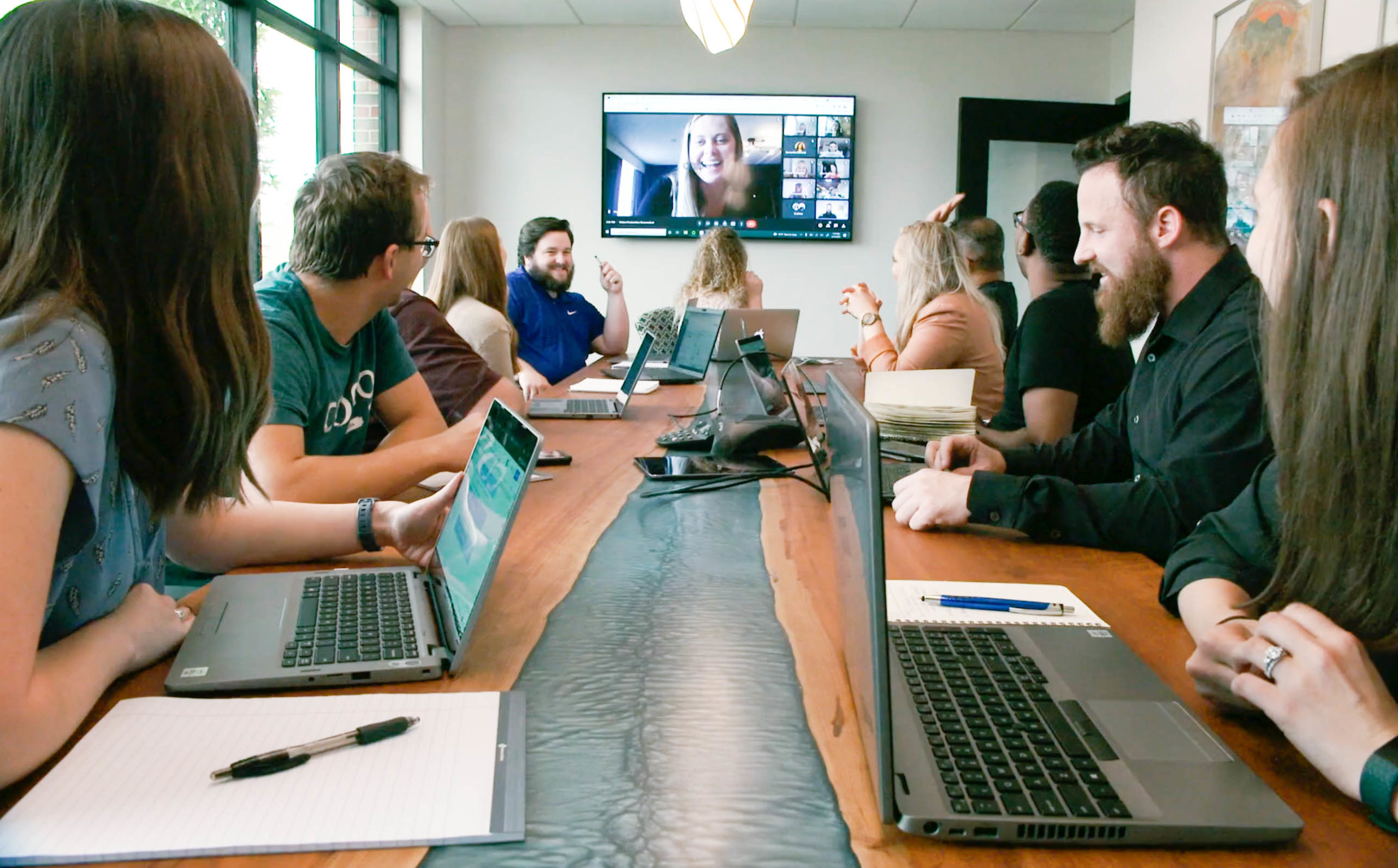Tag: Paid Social
Using Multicultural Influencers to Drive Vaccine Consideration for Moderna
Driving 12K Leads for a Luxury Home Appliance Brand
Building a Brand Performance Strategy for Bread & Butter Wines
Using Facebook Lead Ads to Drive a Sales Pipeline
Targeting Tourism Audiences With CTV Advertising Campaigns
Your description here

